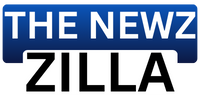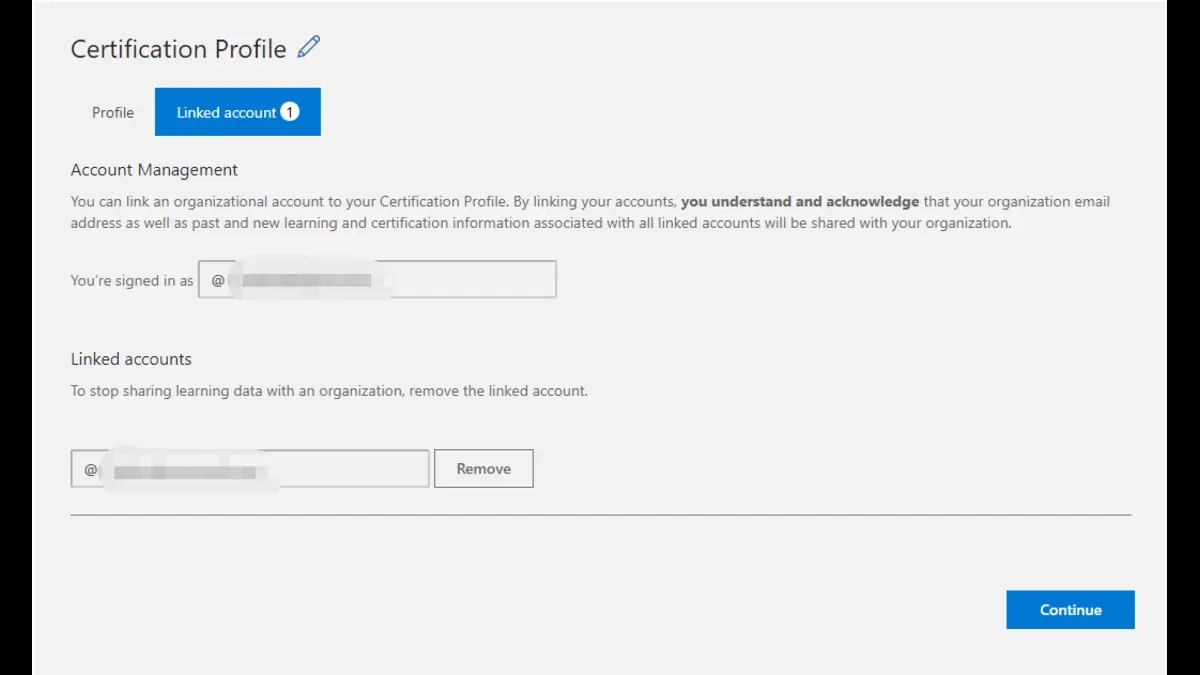In today’s digital age, managing multiple online accounts has become a necessity for professionals across various industries. Specifically, for those utilizing Microsoft’s suite of applications, the ability to link work and personal Microsoft accounts is a game-changer. This seamless integration not only enhances productivity but also ensures a balanced approach to work-life management. In this article, we delve into the step-by-step process of linking your work and personal Microsoft accounts, along with the benefits and best practices to optimize your experience.
Understanding the Benefits of Linking Accounts
Before we explore the how-to, it’s crucial to comprehend the advantages of linking your Microsoft accounts. By connecting your work and personal accounts, you gain access to a unified ecosystem where both sets of data and applications coexist without compromising security or privacy. This integration allows for a smoother transition between professional and personal tasks, making it easier to manage calendars, emails, documents, and more from a single interface.
Step-by-Step Guide to Linking Your Microsoft Accounts
Preparation: Ensure you have active Microsoft accounts for both work and personal use. It’s important that each account is already set up and accessible.
Access Account Settings: Sign in to your personal Microsoft account at microsoft.com/link. Navigate to the ‘Your info’ section and select ‘Sign in with a Microsoft account instead’ if you’re currently using a local account on your device.
Adding Your Work Account: Within the same ‘Your info’ section, look for an option labeled ‘Add work or school account’. Click on this to proceed.
Sign in to Your Work Account: You will be prompted to enter the credentials for your work Microsoft account. Follow the on-screen instructions to authenticate and authorize the linkage.
Verification: Depending on your organization’s security policies, you might need to complete additional verification steps. This could involve receiving a verification code via email or text.
Completion: Once verified, your accounts will be linked. You will now be able to access resources from both accounts under a single login, depending on the permissions set by your organization’s administrator.
You May Also Like –Disney+ Activation Made Easy: Your 8-Digit Code and disneyplus.com/begin.
Maximizing the Potential of Linked Accounts
With your Microsoft accounts linked, it’s essential to leverage this setup to its full potential. Here are some tips to ensure you make the most out of your integrated experience:
Utilize OneDrive: With access to both your personal and work OneDrive storage, you can effortlessly share and manage files between the two spaces. This is particularly useful for accessing important documents on-the-go.
Manage Your Calendars: Linking accounts allows you to view your personal and work calendars side by side. Take advantage of this feature to avoid scheduling conflicts and to better plan your day.
Email Integration: Enjoy the convenience of managing both your personal and professional emails from a single inbox. Apply filters and rules to keep your inbox organized and prioritize your communications effectively.
Security Considerations: Always adhere to your organization’s IT policies when linking accounts. Be mindful of the information you share between accounts to maintain both personal and professional data security.
You May Also Like –Unlocking Entertainment: A Step-by-Step Guide to Using the Crave.caActivate 5 Digit Code.
Conclusion
Linking your work and personal Microsoft accounts is a straightforward process that brings a wealth of benefits to your professional and personal life. By following the detailed steps outlined above, you can achieve a harmonious balance between your work commitments and personal interests, all within Microsoft’s secure and versatile ecosystem. Remember to make use of the tips provided to enhance your productivity and ensure a smooth, integrated experience across your devices and applications.

